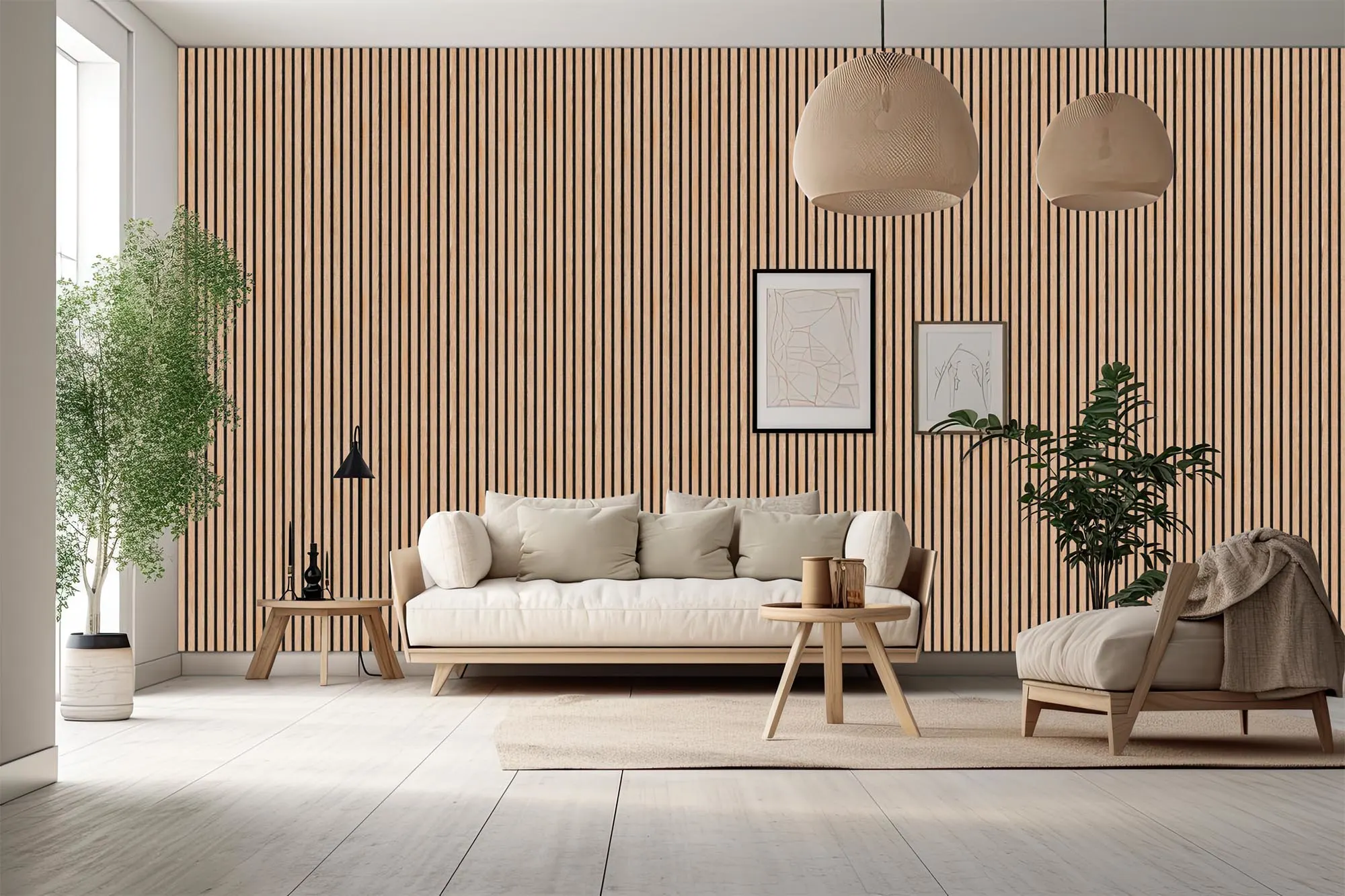Table of Content
Cement paint represents a groundbreaking advancement in the realm of home decoration, incorporating cement into its formula. Unlike traditional oil- or water-based alternatives, cement paints offer enhanced durability to surfaces, coupled with a diverse array of colors for increased versatility. Additionally, these paints can be applied to various surfaces, making them a fitting choice for a range of home improvement requirements. This article aims to provide insights into cement paints and assist you in determining whether they align with your specific needs.
Features of cement paints
So what makes cement paint different from regular paints? Here is a list of the key features and benefits provided by cement paints if applied correctly:
Durability
Cement paints form a tough coating on the surfaces it is applied on, providing it exceptional resilience and long-lasting protection. The USP of cement paints is their ability to withstand harsh weather conditions for long periods of time without getting damaged or cracking.
Adhesion
A highly versatile and adaptable option, cement paints show exemplary adherence to various kinds of surfaces, ranging from concrete and masonry to bricks. This property helps create a solid bond between the paint and surface, thereby preventing easy peeling or chipping of the paint.
Breathability
Despite its strength and adhesion properties, cement paint allows room for the passage of water vapour from the substrate. This breathability is an essential feature as it prevents the accumulation of moisture within the wall structure, keeping problems like mould and mildew at bay.
Resistance to alkali
New concrete and masonry surfaces tend to have a higher pH-level initially. Due to their resistance to alkali, cement paints are suitable for fresh application on these surfaces. Moreover, the resistance properties also help to maintain the integrity of the paint over time.
UV resistance
Cement paints provide superior resistance to UV radiations from sunlight and other external agents. This prevents them from getting faded or discoloured easily due to prolonged exposure to sunlight.
Also Read: Plus-minus POP Design: 10+ Ideas to Jazz up Your Home Interior in 2024
Cost-effectiveness
Compared to other types of exterior paints, cement paints are considered to provide higher cost benefits. Due to their durability and longevity, they require lower maintenance, resulting in cost savings over time.
Coverage
When it comes to coverage and ease of use, cement paint is a good choice as it can easily serve its purpose with a single coat for most applications. This, in turn, helps reduce costs on labour and material quantity.
Also Read: Captivating Wall Paintings: 11 Finest Ideas for Your Home Photo Wall
The application process of cement paints is super versatile and easy. It can be brushed, rolled or sprayed onto surfaces, thereby making the application process convenient for various kinds of painting projects.
Versatility
When it comes to the choice of colours, you will not have to compromise on this. These paints come in a plethora of colour options, even allowing tinting to achieve different shades and offering to complement the overall look of your space for greater cohesiveness.
Repellent properties
Alongside breathability, cement paints also offer superior water-resistant properties that help repel water and keep the surface underneath safe from moisture-related damage.
Also Read: Interior Bohemian Designs: 8 Ways To Style Your Home In A Bohemian Way
Types and applications
Cement paints are available in various types that are suited for different applications. Here is a concise list of the available options and their applications to help you decide which is the most suited for you:
| Description | Application | |
| Regular cement paint | The basic type comprising cement as the primary binder mixed with pigments to achieve the desired colours and additives to improve adhesion and strength. | Exterior surface like walls and fences |
| Waterproof cement paint | Includes extra additives to enhance moisture-resistance and waterproofing properties. | Areas with high moisture penetration like basements and foundations. |
| Acrylic cement paint | Combines acrylic polymers with the primary cement base to provide greater flexibility, adhesion, resilience and colour retention. | Interior and exterior applications requiring colour retention |
| Elastomeric cement paint | Contains elastomeric polymers for enhanced flexibility and stretchability; helps bridge small cracks and provides superior resistance to cracking and peeling. | Surfaces experiencing frequent expansion and contraction like stucco or concrete block walls. |
| Texture cement paint | Contains additives to provide a textured finish to the surface; helps create visual interest and conceal flaws and inconsistencies. | Exterior walls for ornamental purposes |
| Anti-algal cement paint | Formulated with additives to resist unsightly biological growth such as algae, mould and lichen and stains caused by them. | Areas with high humidity and rainfall levels |
| Decorative cement paint | A combination of pigment, patterns and finishes for an aesthetically pleasing surface. | Creating artistic effects such as faux finishes on surfaces |
| High build cement paint | Has a thicker consistency for better coverage and concealing of imperfections. | Rough and uneven surfaces to achieve a smooth and uniform look |
Disadvantages of cement paints
Cement paints can have some drawbacks that need to be considered before you make a final call. Here is a list of the disadvantages these paints might pose:
- Despite being available in different colours, cement paints offer a limited range of decorative finishes as compared to other types of paints.
- Improper preparation of the surface might prove to be a difficulty in the application of cement paints.
- They take longer to dry than regular paints, making the application a tedious process requiring patience and persistence.
- These paints can crack easily under certain conditions, for example when the substrate experiences constant movement or settling.
- During the application and curing process, exposure to extreme temperatures can lead to issues such as poor adhesion or cracking.
- The texture and appearance might not be very smooth, making it a challenge to achieve the perfect finish.
- Despite offering greater water resistance than regular paints, they cannot stand constant exposure to high moisture, especially in humid areas.
Also Read: 3D HD Wallpaper | 3D Wallpaper Designs for Your Home











Ans 1. Cement paint uses cement as the primary ingredient and mixes it with colour pigments and other additives to achieve properties like adhesion, strength and resilience.
Ans 2. Cement paint is best suited for exterior surfaces such as walls, fences and facades. It can be applied on a variety of surfaces such as concrete masonry and brick.
Ans 3. Cement paint is different from its counterparts as it does not use water or oil as a base. Using cement as a base provides exceptional durability and resistance to harmful external agents.
Ans 4. While cement paint can be used for interior applications, there might be issues with texture and visual appeal.
Ans 5. These paints offer several advantages like strong adhesion, enhanced breathability, alkali and UV resistance, versatility and cost effectiveness.
Ans 6. Proper surface preparation is key to the successful application of cement paint. Avoid extreme temperatures during application and give enough drying time.
Ans 7. For areas with high humidity or water exposure, it is important to choose the right variety of cement paint to ensure the best possible water resistance.